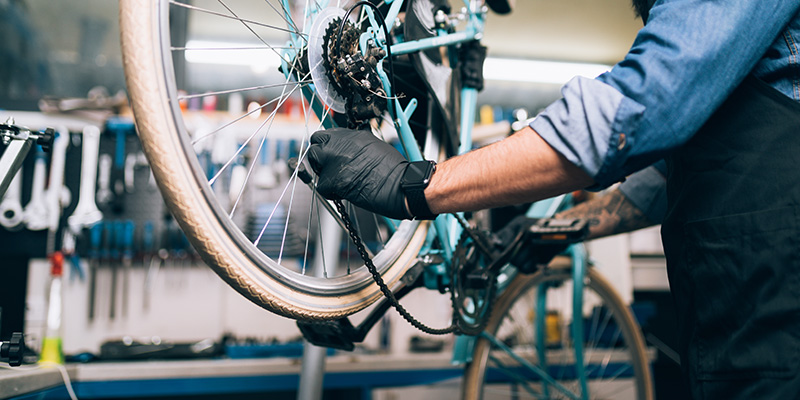BLOG
- Home
- Blog
- Cycling News
- How to Choose Bicycle Parts ?
How to Choose Bicycle Parts ?
June 17,2024

Choosing bicycle parts can be divided into four main categories: frame, drivetrain, braking system, and wheelset. Here are the details for each category:
Size: Choosing the right frame size is crucial for a comfortable ride. Frame size is generally determined by height and inseam length. Additionally, frame geometry affects riding posture and comfort, so selecting the right geometry is important.
Chain and Cassette: The chain and cassette need to be compatible with the chosen derailleur. High-quality chains and cassettes reduce friction and improve transmission efficiency. Regular maintenance and replacement of the chain can also extend the life of the entire drivetrain system.
Brake Levers and Cables: The feel and comfort of brake levers directly affect riding safety. High-quality brake cables and housings provide stable braking performance and greater durability.
Hubs and Spokes: The quality of the hubs affects the wheel's rotational performance and lifespan. High-quality hubs rotate smoothly and are durable. The number of spokes and the way they are laced affect the wheel's stiffness and comfort, and should be chosen based on riding needs.
1. Frame
Material: The frame is the backbone of the bicycle, and common materials include aluminum alloy, carbon fiber, steel, and titanium. Aluminum alloy frames are lightweight and moderately priced, suitable for most riders. Carbon fiber frames are lightweight and offer excellent shock absorption but are more expensive. Steel frames are strong and durable, ideal for long-distance riding. Titanium frames combine lightness and durability but are costly.Size: Choosing the right frame size is crucial for a comfortable ride. Frame size is generally determined by height and inseam length. Additionally, frame geometry affects riding posture and comfort, so selecting the right geometry is important.
2. Drivetrain
Derailleur: The quality of the derailleur directly impacts the smoothness and efficiency of the ride. Common brands include Shimano, SRAM, and Campagnolo. When choosing a derailleur, consider the number of gears (e.g., 9-speed, 10-speed, 11-speed) and your actual riding needs.Chain and Cassette: The chain and cassette need to be compatible with the chosen derailleur. High-quality chains and cassettes reduce friction and improve transmission efficiency. Regular maintenance and replacement of the chain can also extend the life of the entire drivetrain system.
3. Braking System
Brake Type: Common brake types include rim brakes and disc brakes. Rim brakes are simple in structure, easy to maintain, and suitable for road bikes and city riding. Disc brakes offer better braking performance, especially in wet and rough conditions, making them suitable for mountain bikes and hybrid bikes.Brake Levers and Cables: The feel and comfort of brake levers directly affect riding safety. High-quality brake cables and housings provide stable braking performance and greater durability.
4. Wheelset
Rims and Tires: Rims are usually made of aluminum alloy or carbon fiber. Aluminum rims are economical, while carbon fiber rims are lightweight and high-performance. Tire selection depends on the riding environment: narrow tires are suitable for smooth roads, while wider tires are better for rough surfaces.Hubs and Spokes: The quality of the hubs affects the wheel's rotational performance and lifespan. High-quality hubs rotate smoothly and are durable. The number of spokes and the way they are laced affect the wheel's stiffness and comfort, and should be chosen based on riding needs.


